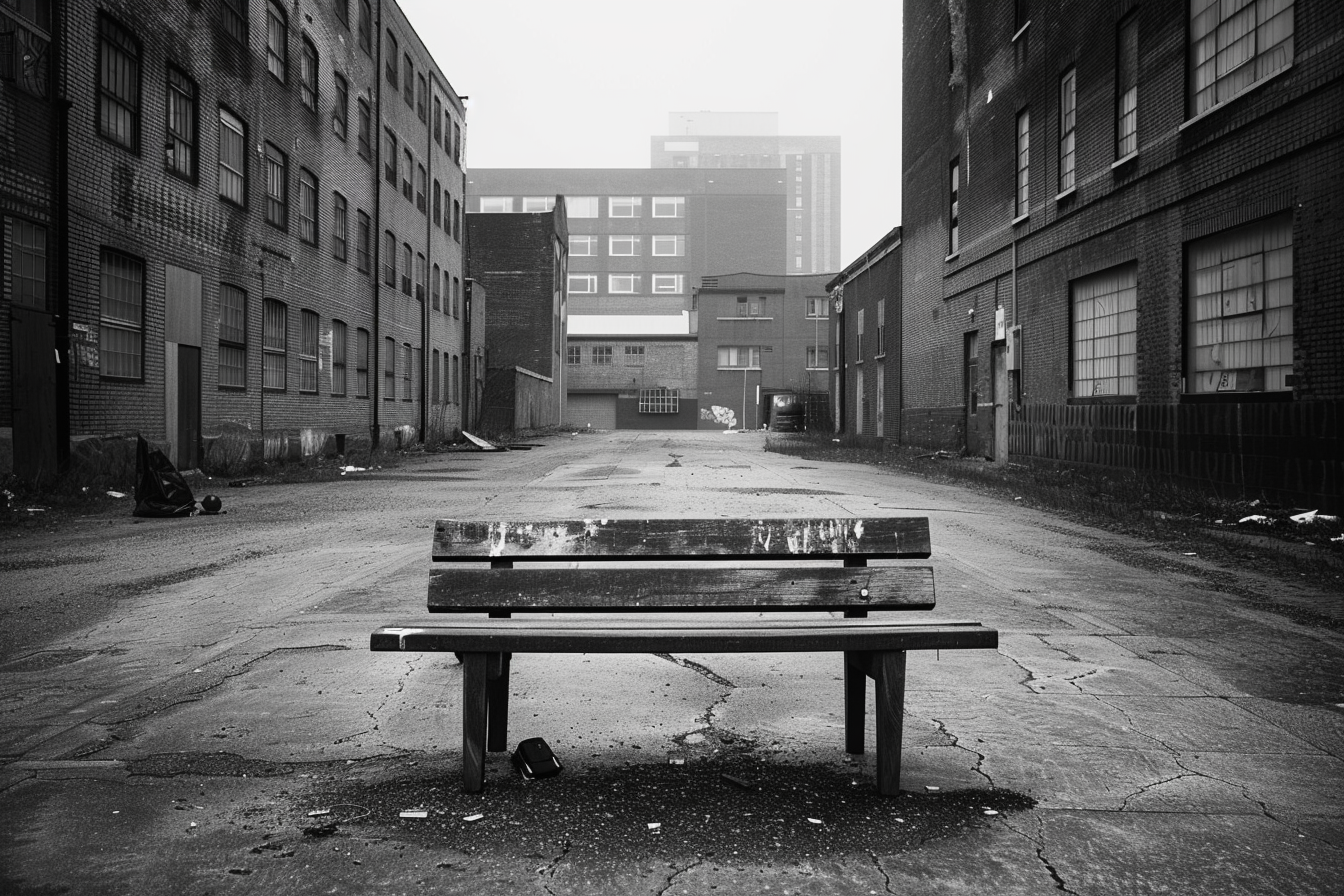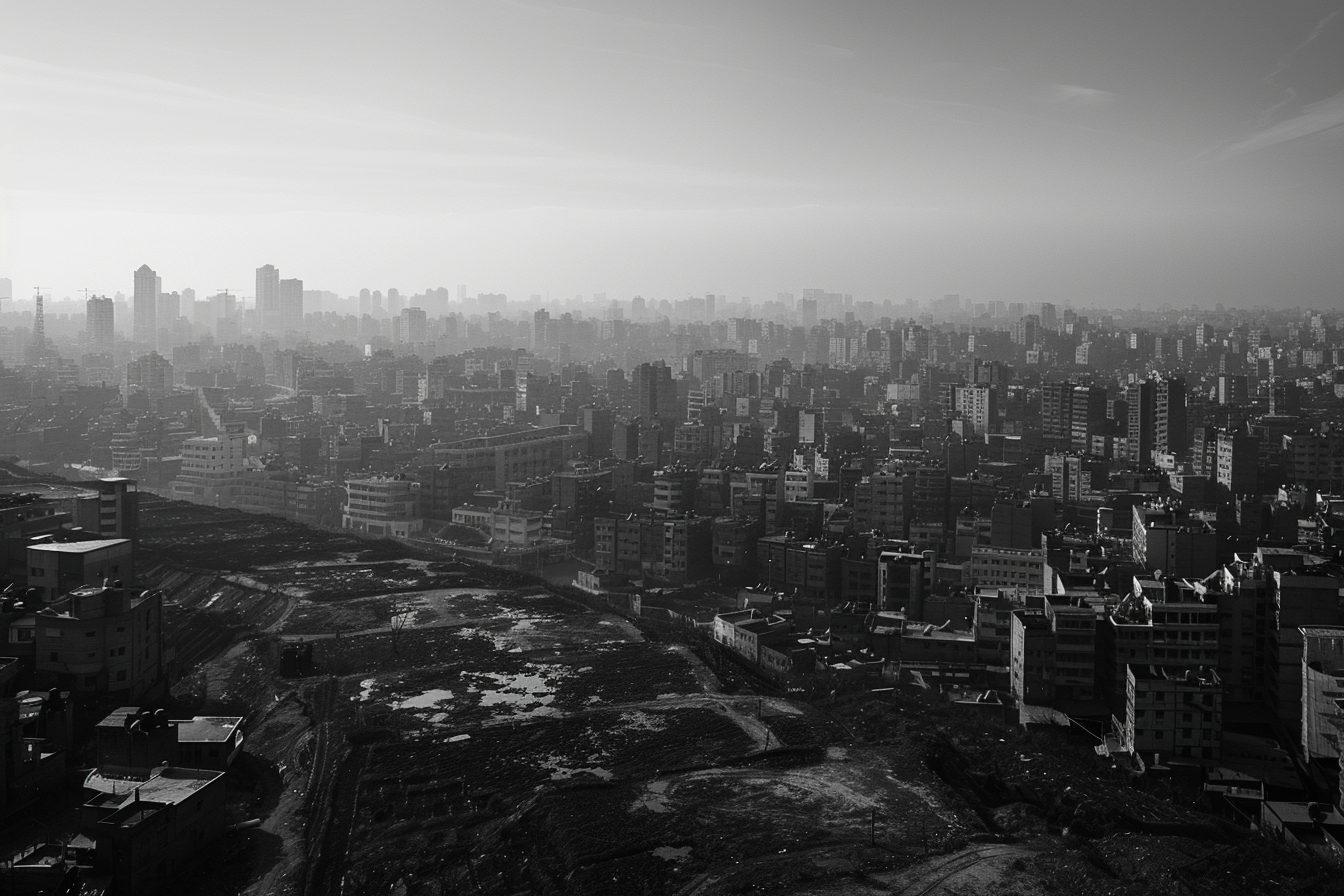
The urban, the rural, and the extractive machine: reflections from a distance
In recent weeks, tensions surrounding gentrification in Mexico City have once again erupted in public conversation. From demonstrations against tourist overcrowding to complaints about the displacement of communities, the megacity seems to be burning in a conflict as old as urban planning itself.
From a distance—and with the years I’ve been living outside of that chaotic and fascinating pulse—I’ve felt the need to write these lines. Not to offer immediate solutions, but to raise questions that arise when we look at the city not only as a place where we live, but as a device that shapes relationships, desires, and territories.
En las últimas semanas, las tensiones alrededor de la gentrificación en Ciudad de México han vuelto a estallar en la conversación pública. Desde manifestaciones contra la turistificación hasta denuncias sobre el desplazamiento de comunidades, la megaciudad parece arder en un conflicto tan antiguo como el propio urbanismo.
Desde la distancia —y con los años que llevo viviendo fuera de ese pulso caótico y fascinante— he sentido la necesidad de escribir estas líneas. No para aportar soluciones inmediatas, sino para abrir preguntas que surgen cuando miramos a la ciudad no solo como un lugar donde habitamos, sino como un dispositivo que moldea relaciones, deseos y territorios.
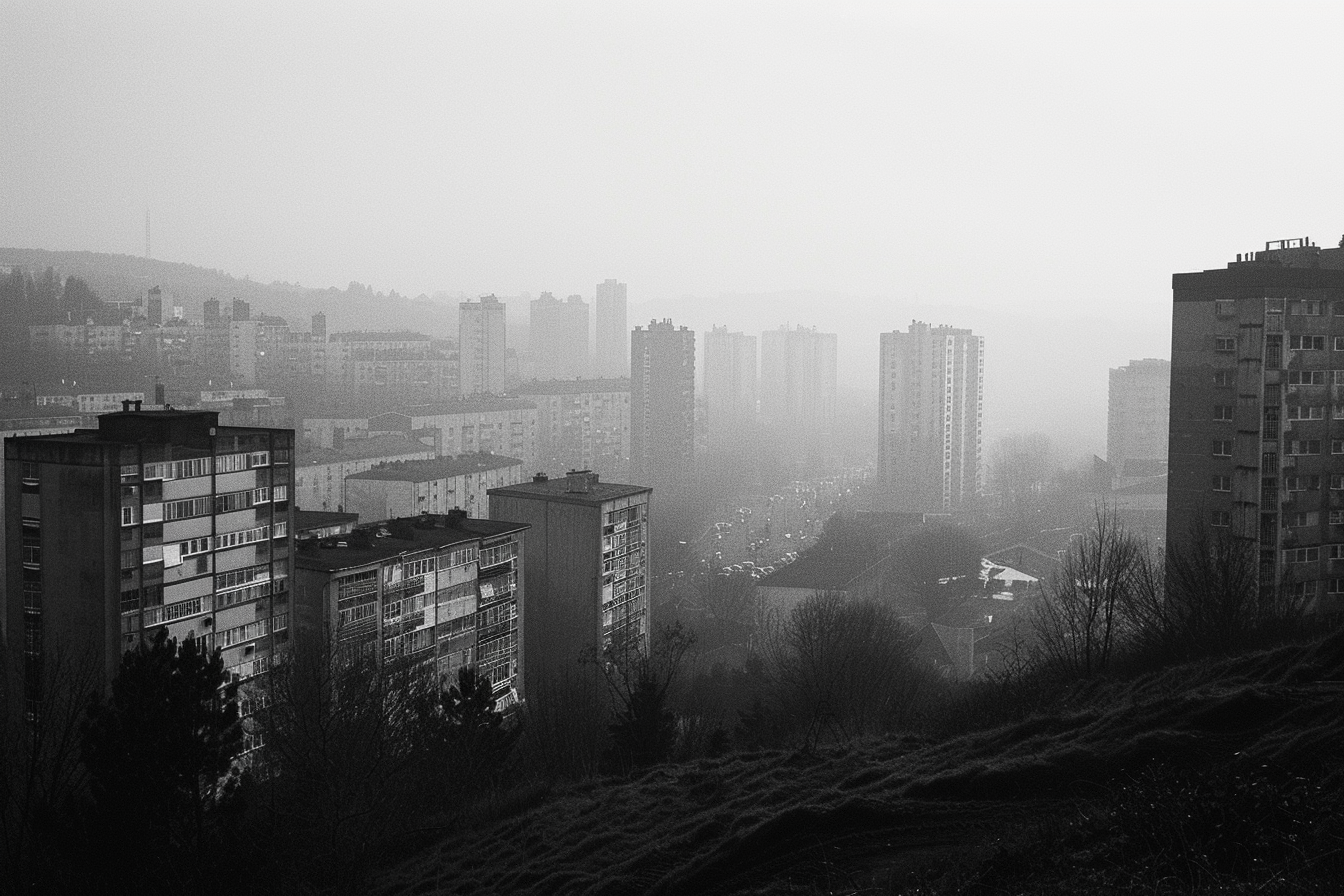
Does the urban gentrify the rural? Yes, because that’s its nature.
The urban is not limited to the physical—streets, buildings, services—but is a way of seeing and inhabiting the world. Urbanization means imposing order, rhythm, and rules on a space previously governed by other logics: the seasonal, the communal, the uncertain. It is, in a way, an act of colonization.
Every time the urban expands, it not only transforms the landscape: it transforms practices, values, and desires. Rural communities go from living “with” the land to living “in” a market where land has a price and development potential. Therein lies the seed of gentrification.
¿Lo urbano gentrifica lo rural? Sí, porque es su naturaleza.
Lo urbano no se limita a lo físico —calles, edificios, servicios— sino que es una forma de ver y de habitar el mundo. Urbanizar significa imponer orden, ritmo y reglas sobre un espacio que antes se regía por otras lógicas: lo estacional, lo comunal, lo incierto. Es, en cierto modo, un acto de colonización.
Cada vez que lo urbano se expande, no sólo transforma el paisaje: transforma las prácticas, los valores y los deseos. Las comunidades rurales pasan de vivir “con” la tierra a vivir “en” un mercado donde la tierra tiene precio y potencial de desarrollo. Ahí está la semilla de la gentrificación.
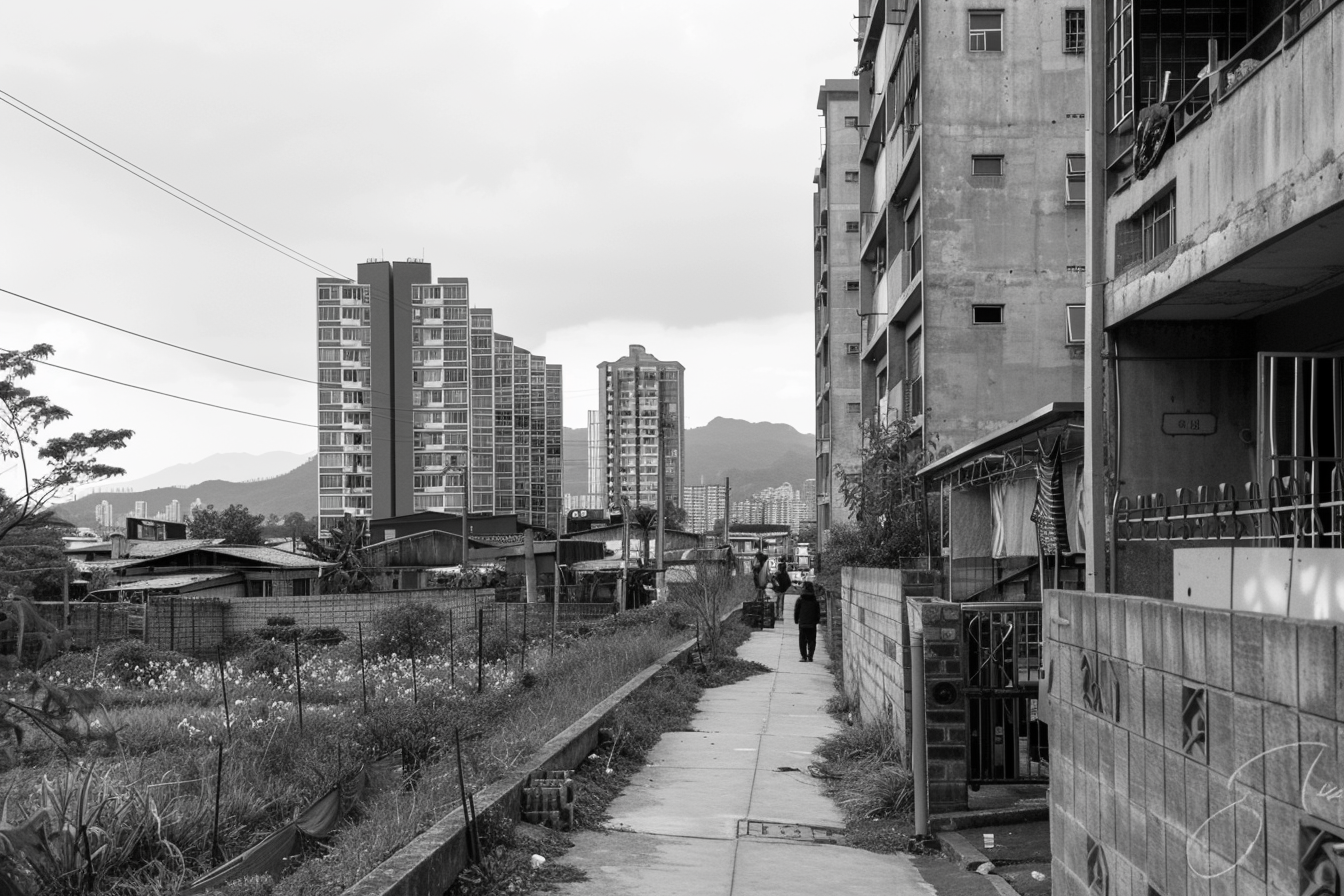
The urban cannot touch the rural without altering it.
The mere arrival of the city (its people, its money, its aesthetics) reconfigures the territory: it turns it into a product. An “invisible” or “autonomous” town can suddenly be reimagined as a weekend retreat, a tourist destination, or a canvas for architectural projects with a language of “respect for context.”
And even when we talk about integration, sustainability, or “responsible development,” the operation almost always entails violence: displacing not only bodies, but also ways of life. Gentrification seems to be the inevitable price of urbanization.
Lo urbano no puede tocar lo rural sin alterarlo.
La mera llegada de la ciudad (su gente, su dinero, su estética) reconfigura el territorio: lo convierte en un producto. Un poblado “invisible” o “autónomo” puede, de pronto, ser reimaginado como refugio de fin de semana, destino turístico o lienzo para proyectos arquitectónicos con lenguaje de “respeto al contexto”.
Y aunque se hable de integración, sostenibilidad o “desarrollo responsable”, la operación casi siempre lleva consigo una violencia: desplazar no sólo cuerpos, sino también modos de vida. La gentrificación parece ser el precio inevitable de la urbanización.
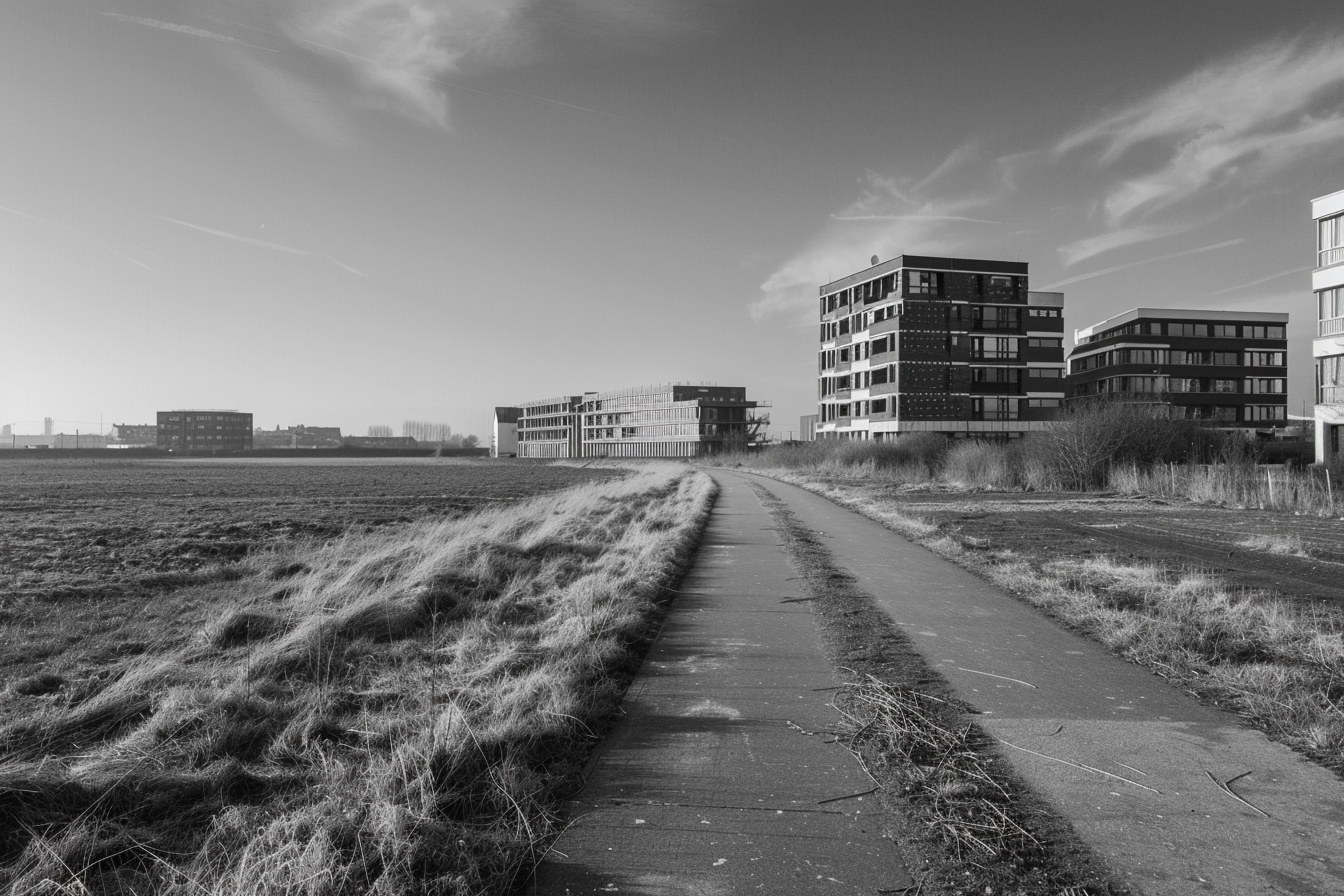
The contemporary city is much more than a meeting place or a human ecosystem: it is, at its core, a machine designed to extract value. This logic has deep roots in the Industrial Revolution, when the city ceased to be a symbolic and commercial hub and became an infrastructure serving production.
The channeling of water, electrical grids, and the expansion of streets and avenues did not emerge as philanthropic gestures for citizen well-being: they were necessary technical conditions to ensure the uninterrupted operation of factories and workshops. Even urban hygiene was promoted not so much as an act of humanity, but as a measure to reduce epidemics that paralyzed productivity.
“Social housing,” for its part, has an equally pragmatic origin. Often financed by the companies themselves, it was the evolution of factory dormitories, designed to keep an army of workers rested and available.
La ciudad como máquina extractiva: una genealogía de la gentrificación:
La ciudad contemporánea es mucho más que un espacio de encuentro o un ecosistema humano: es, en su esencia, una máquina diseñada para extraer valor. Esta lógica tiene raíces profundas en la Revolución Industrial, cuando la ciudad dejó de ser un nodo simbólico y comercial para transformarse en una infraestructura al servicio de la producción.
La canalización del agua, las redes eléctricas, la expansión de calles y avenidas no surgieron como gestos filantrópicos para el bienestar ciudadano: eran condiciones técnicas necesarias para garantizar el funcionamiento ininterrumpido de fábricas y talleres. Incluso la higiene urbana se promovió no tanto como acto de humanidad, sino como una medida para reducir epidemias que paralizaban la productividad.
La “vivienda social”, por su parte, tiene un origen igualmente pragmático. Muchas veces financiada por las propias compañías, fue la evolución de los dormitorios colectivos de las fábricas, diseñados para mantener descansado y disponible a un ejército de trabajadores.
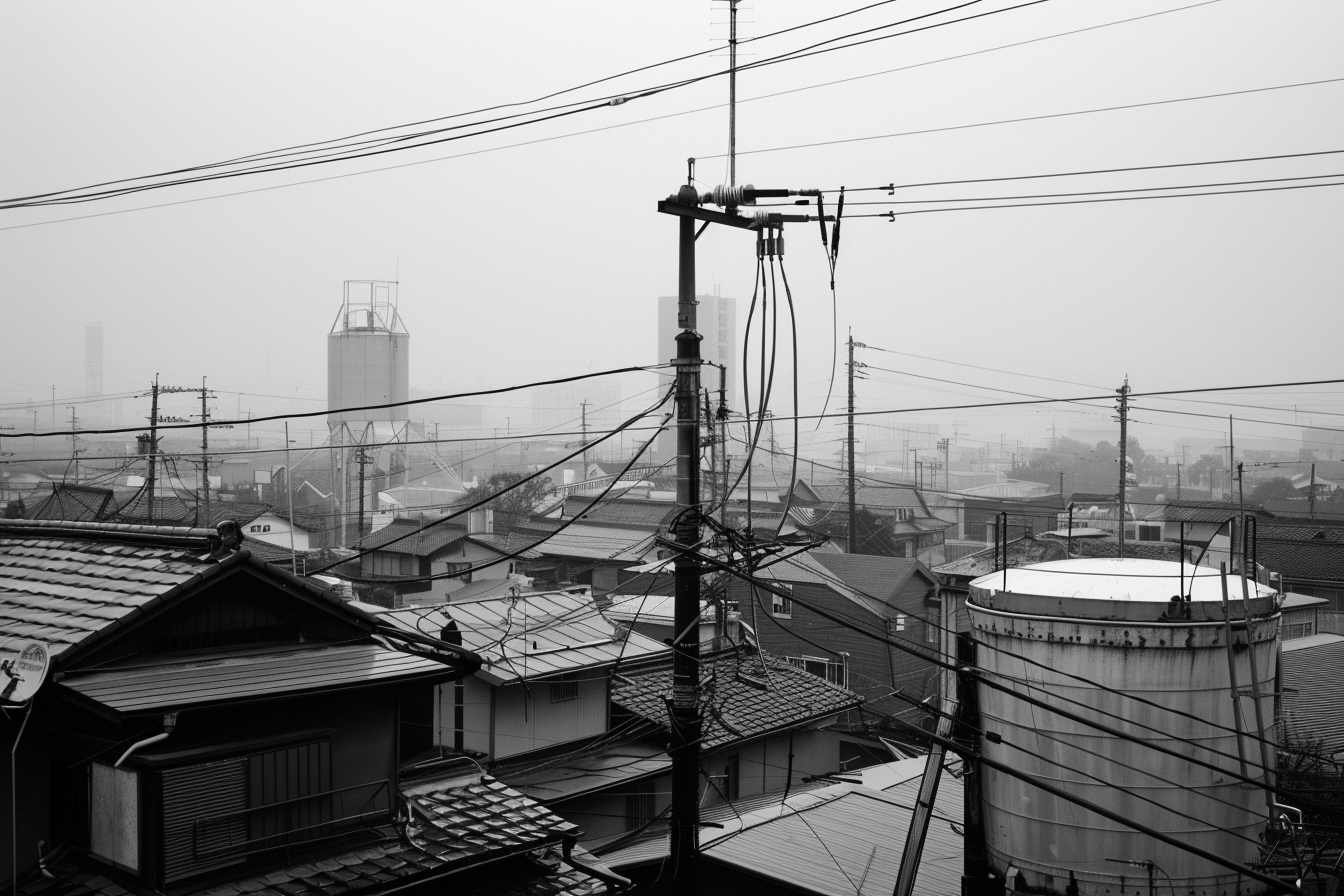
From the factory to the territory as a commodity
Today, the machine has changed its form, but not its nature. Cities no longer depend on physical factories: they themselves are value factories. Real estate speculation, tourism, the service economy… urban space has become a promise of performance.
Gentrification is neither an accident nor an anomaly; it is a visible symptom of that machinery. Bodies and capital capable of making a territory profitable replace those unable to do so.
But there is an uncomfortable nuance: not all gentrification arises from above nor does it have the same face. A neighborhood can be transformed by the arrival of low-income migrants seeking refuge and work (as in the recent case of Venezuelan communities in Mexico City), as well as by an influx of digital nomads with dollar incomes that drive up rental and consumer prices.
Both movements displace, negotiate, and reconfigure. The difference lies in who can impose their aesthetics, practices, and purchasing power on the territory.
Even those who today feel like victims of gentrification were often colonizers of a territory before. They arrived before, claimed a space, appropriated it… and now they defend as “common” what they truly consider theirs.
De la fábrica al territorio como mercancía:
Hoy la máquina ha cambiado de forma, pero no de naturaleza. Las ciudades ya no dependen de las fábricas físicas: ellas mismas son fábricas de valor. Especulación inmobiliaria, turismo, economía de servicios… el espacio urbano se ha convertido en una promesa de rendimiento.
La gentrificación no es un accidente ni una anomalía; es un síntoma visible de esa maquinaria. Los cuerpos y capitales capaces de rentabilizar un territorio reemplazan a quienes no pueden hacerlo.
Pero hay un matiz incómodo: no toda gentrificación surge desde arriba ni tiene el mismo rostro. Un barrio puede ser transformado por la llegada de migrantes de bajos recursos que buscan refugio y trabajo (como el caso reciente de comunidades venezolanas en CDMX), tanto como por un influjo de digital nomads con ingresos en dólares que suben los precios de alquiler y consumo.
Ambos movimientos desplazan, negocian y reconfiguran. La diferencia está en quién puede imponer su estética, sus prácticas y su poder adquisitivo sobre el territorio.
Incluso quienes hoy se sienten víctimas de la gentrificación muchas veces ya fueron colonizadores de un territorio antes. Llegaron antes, reclamaron un espacio, se apropiaron de él… y ahora defienden como “común” lo que en realidad consideran propio.
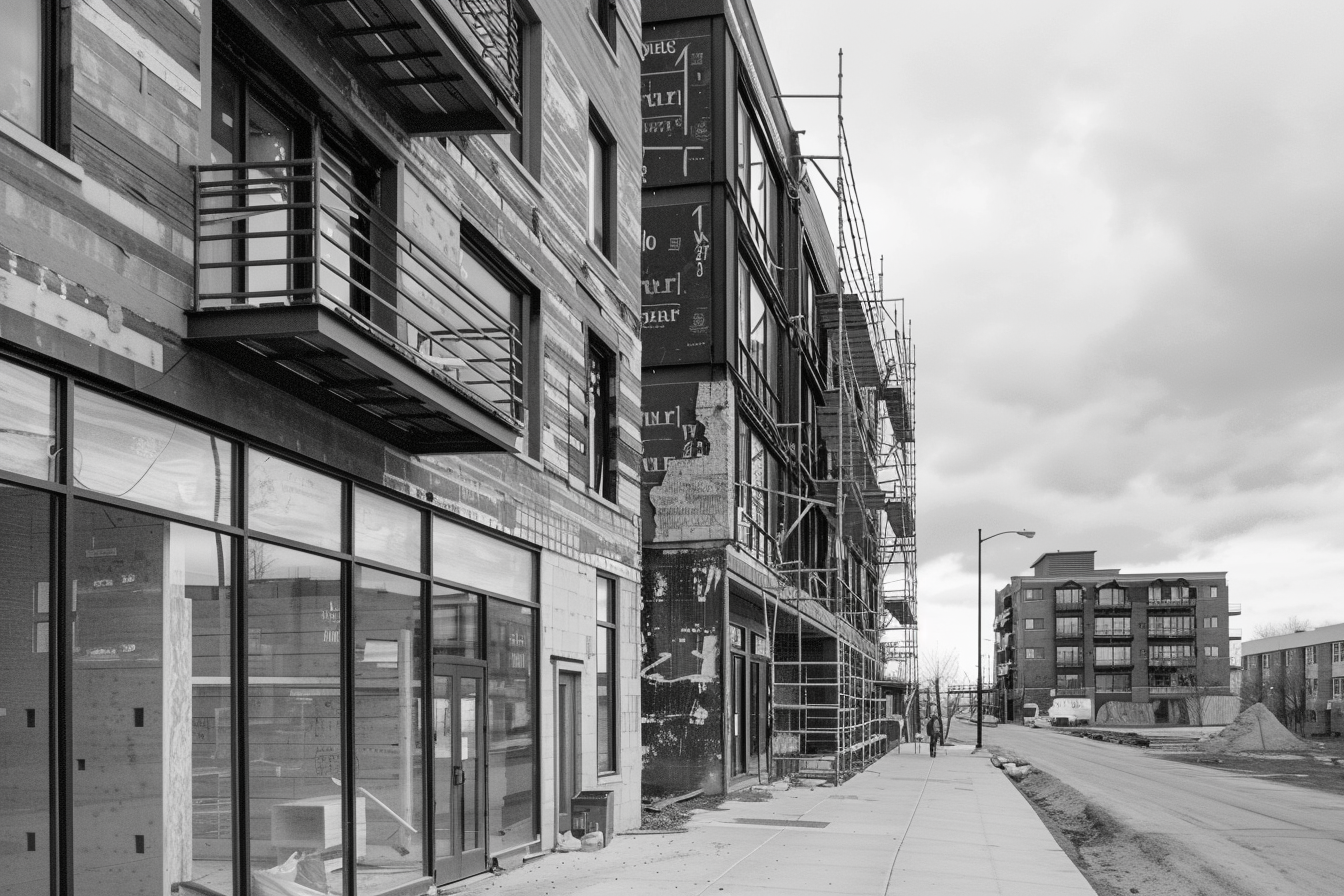
A Necessary Reflexion:
If the city is a machine, what would happen if we turned it off?
Is it possible to imagine an urban space that is not aligned with the logic of extraction?
Or is all urbanization—no matter how “soft” or sustainable it presents itself—doomed to gentrify?
Perhaps, deep down, we inhabit spaces that were never ours… only loans negotiated again and again between those who arrive first and those who arrive later.
What if the problem isn’t who arrives… but who believes they have the right to what?
Una reflexión necesaria:
Si la ciudad es una máquina, ¿qué pasaría si la apagamos?
¿Es posible imaginar un espacio urbano que no esté alineado con la lógica extractiva?
¿O toda urbanización —por muy “suave” o sostenible que se presente— está condenada a gentrificar?
Quizá, en el fondo, habitamos espacios que nunca fueron nuestros… solo prestamos que se negocian una y otra vez entre quienes llegan primero y quienes llegan después.
¿Y si el problema no es quién llega… sino quién se cree con derecho a quedarse?
